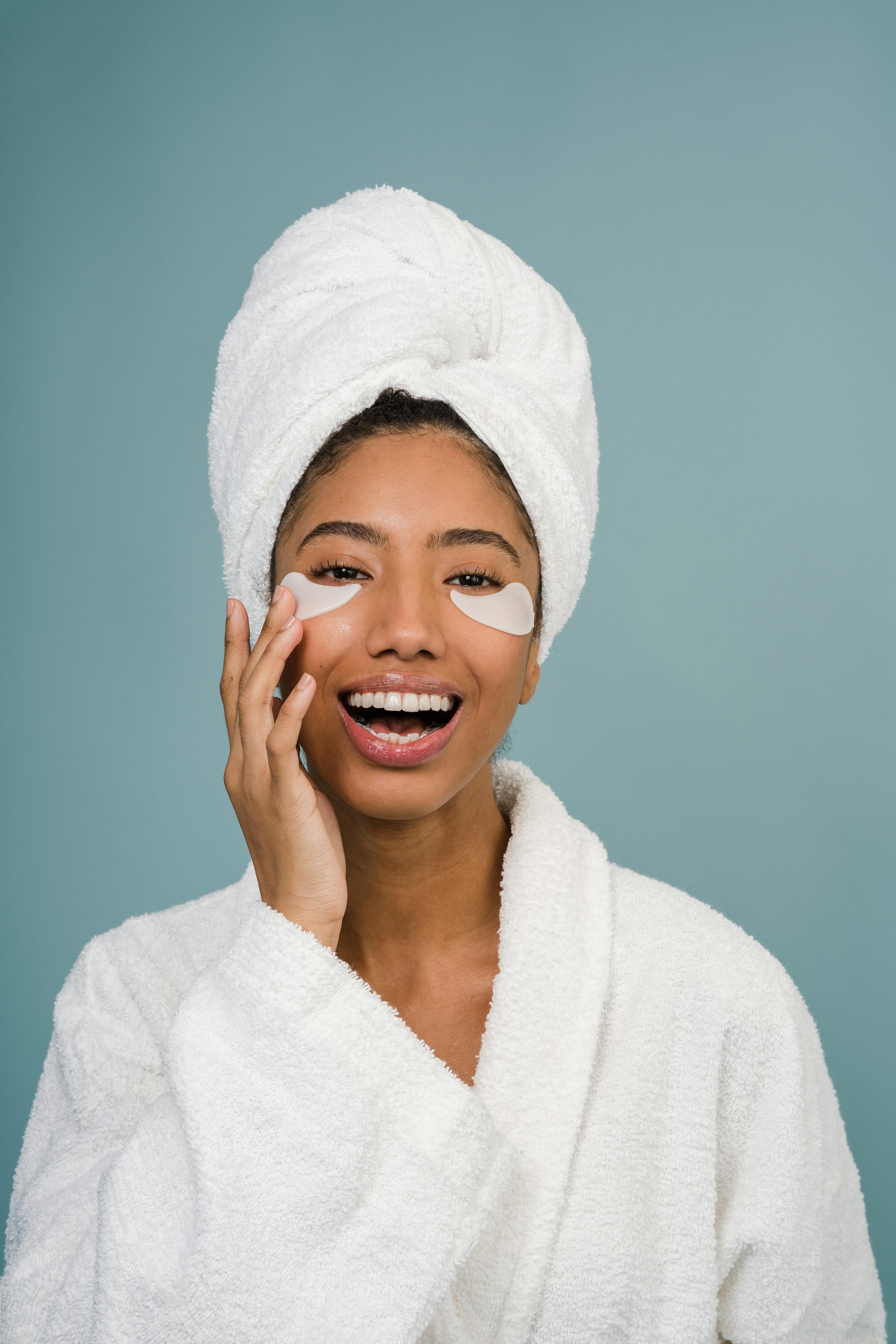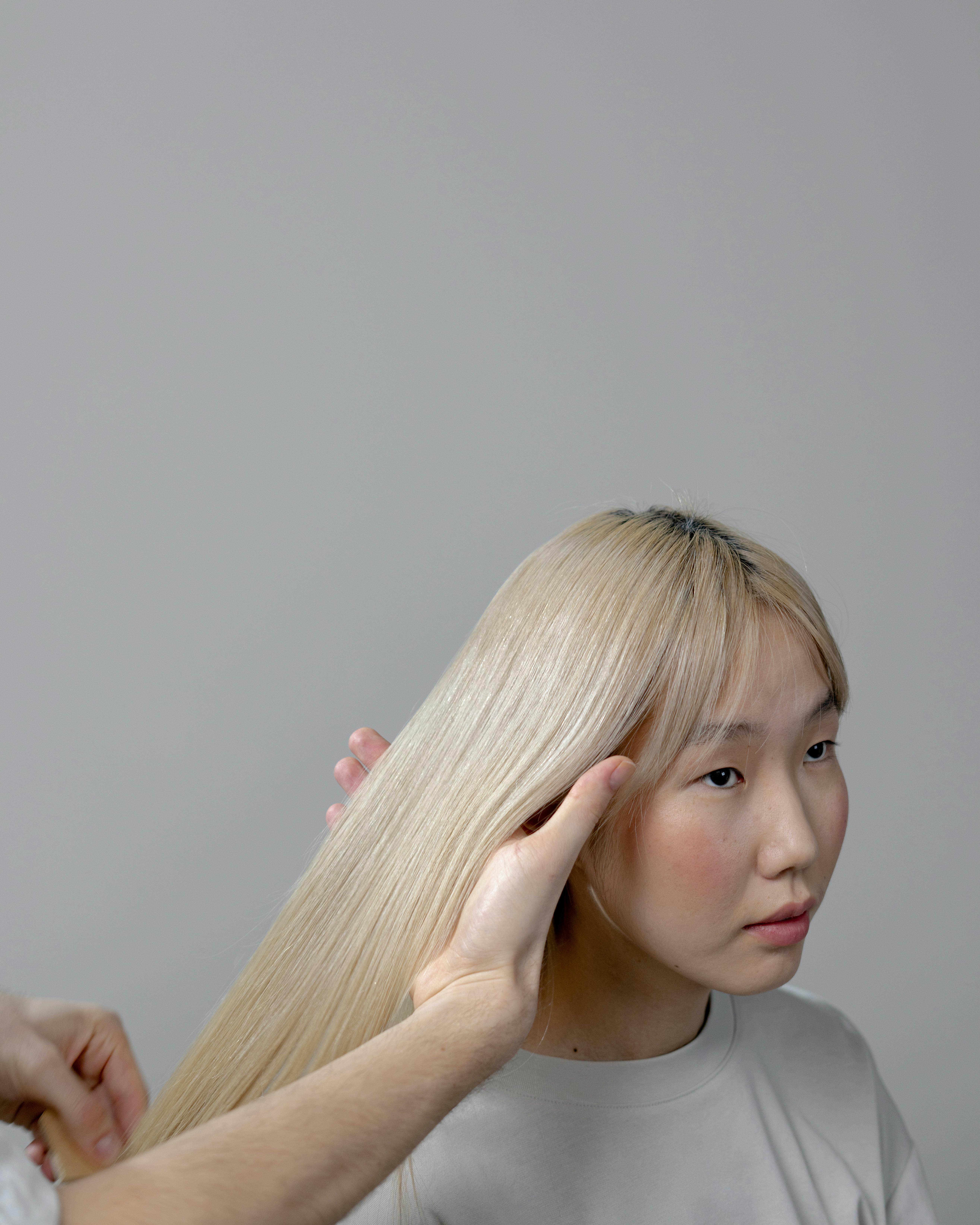Understanding Eye Bags: Causes, Treatments, and Prevention
Eye bags—the slight puffiness or swelling under the eyes—are a common concern for both men and women. They often appear as one ages, but can also be influenced by lifestyle factors and underlying health conditions. In this article, we will traverse the journey of understanding the causes, treatments, and preventive measures for these unwelcome guests. We'll uncover the historical context of eye bags, their current relevance, and the evolving trends in treatment. Let's dive in and unpack this fascinating topic.

From Age-old Remedies to Modern Science: The Historical Context of Eye Bags
Eye bags are not a phenomenon of the modern age. They have been a part of human existence for centuries, perhaps as long as humans have been aging. Historical texts and artifacts reveal that our ancestors were just as concerned about eye bags as we are today. From the use of natural remedies like cucumber slices and tea bags to the application of kohl to mask the puffiness, there has been a long-standing desire to tackle this issue.
In the 19th and early 20th centuries, the understanding of eye bags was primarily linked to aging. Treatments were largely home-based and involved the use of cold compresses, herbal remedies, and dietary adjustments. However, with the advent of modern science and medicine, our understanding of the causes and treatments of eye bags has significantly evolved.
The Science Behind Eye Bags: Causes and Current Relevance
Eye bags appear when the fat that helps support the eyes moves into the lower eyelids, causing them to appear puffy. Additionally, fluid can accumulate in the area below your eyes, adding to the swelling. This can be due to various reasons like aging, lack of sleep, allergies, and even genetics.
In today’s fast-paced world, the incidence of eye bags has become more prevalent. High-stress levels, poor sleep quality, and increased screen time are contributing factors. Consequently, the cosmetic and skincare industry has seen a surge in products and treatments aimed at reducing eye bags.
Evolving Trends in Eye Bag Treatments
The advent of modern science has led to a plethora of treatment options for eye bags. From over-the-counter creams and serums enriched with ingredients like retinol and vitamin C, to more invasive procedures such as fillers or surgical interventions, the choices are vast.
In recent years, there has been a noticeable shift towards non-surgical treatments. These include hyaluronic acid fillers, radiofrequency treatments, and even fat-dissolving injections. These treatments have gained traction due to their minimal downtime and lower risk compared to surgical options.
Impact and Reception of Eye Bag Treatments
The impact of these treatments goes beyond just aesthetics. Eye bags can often cause discomfort, interfere with vision, and impact self-esteem. Therefore, the effectiveness of these treatments can significantly improve an individual’s quality of life.
The reception of these treatments varies widely. While some people swear by the results of surgical procedures, others find relief in more natural remedies. There is a growing demand for holistic approaches to skincare, leading to the popularity of treatments like facial yoga, lymphatic drainage massages, and acupuncture.
Prevention is Better Than Cure: Tips to Prevent Eye Bags
Prevention is a key aspect of managing eye bags. Simple lifestyle modifications can have a significant impact. Here are a few tips:
- Ensure adequate sleep: Lack of sleep can exacerbate the appearance of eye bags. Aim for 7-9 hours of quality sleep each night.
- Stay hydrated: Dehydration can lead to water retention, contributing to puffiness.
- Limit salt intake: High salt intake can lead to fluid retention, including around the eyes.
- Use a cold compress: Applying a cold compress can help reduce swelling and puffiness.
It’s important to remember that while eye bags can be an aesthetic concern, they are usually harmless. However, if they are accompanied by severe discomfort, vision changes, or other symptoms, seek medical attention.
In conclusion, the journey to understanding and managing eye bags is a complex one, influenced by age-old wisdom, modern science, and evolving trends. As we continue to learn more about this fascinating topic, the hope is for more effective and accessible treatments to become available, empowering individuals to feel confident in their own skin.




